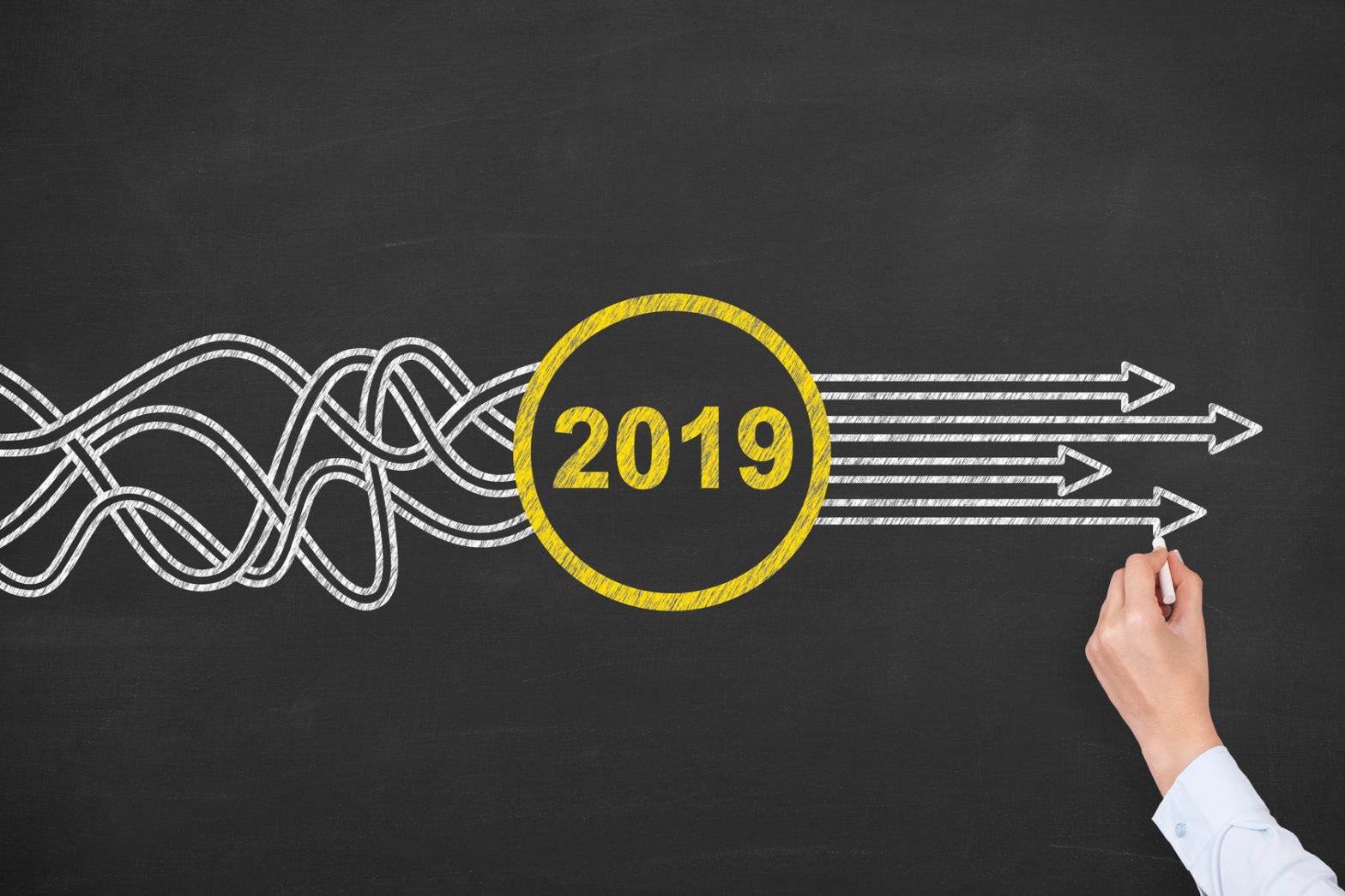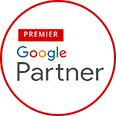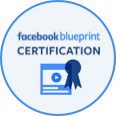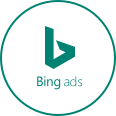
Search engine marketing (SEM) has become a business necessity over the last decade. No brand in today’s world can possibly hope for visibility without it, something that can seem extremely daunting to unknowledgeable business owners. Throw in the fact that the SEM landscape is constantly evolving and you have a recipe for serious marketing anxiety. Help yourself navigate this ever-changing horizon with Google AdWords, specifically some of the most essential AdWords tips for 2019.
Review The Latest Smart Features
Google AdWords’ latest update brought with it plenty of “smart” features, some of which can be confusing to advertisers who are still learning why AdWords is relevant to their brand. If you are unsure what features (such as the Smart Campaign) can do for your brand, review them with your SEM team (or lone expert) to determine what works for your business and how to use these features effectively. This is especially important considering not every update will be automatic.
Don’t Sacrifice Quality…Ever
It may sound a little trite, but the importance of generating quality content is greater than ever. Google actually rewards campaigns that draw high-quality leads and ranks these campaigns accordingly. Remember to research your target market in depth and think about what types of ads your demographics want to see to create highly-detailed campaigns both Google and your consumers will love.
Switch Your Keyword Focus
Voice searches such as Ok Google and Siri have dramatically changed the keyword game. No longer are keywords limited to one, two, three, and four words since voice searches often include full sentences such as “What dentist offices are near the sports stadiums in Philadelphia?” Known as long-tail keywords, incorporating these options into your advertising strategy helps your consumers find your brand in yet another way while giving them answers to their questions.
Keep Precision In The Forefront
Your target market groups must be precise–very, very precise. Broad campaigns are simply a waste of money in today’s marketing world because users click on ads they don’t end up following through on. Avoid this issue entirely (or at least as much as possible) by performing exhaustive research on each target group–the more narrow each group is, the better–and the less money you will spend for no reason.
Take Advantage Of User Signals
User signals, or the results of how users interact with your ads, influence both Google Rankings and Google Ads. They have a serious impact on Quality Score because a user who clicks on your site and leaves without making a conversion can result in a lower score. And, while you certainly cannot control the actions of everyone who visits your ads or site, there is still plenty to discuss with your SEM manager to increase conversion rates.
Experiment With Ad Text Expansions
Google Ads now offers a third headline option. These headlines work with your ads’ second descriptions to provide your target audience with more information about your brand. They also increase ad uniqueness to further pique consumer interest. And while the success of the third headline option is yet to be determined, it is still something worth looking at and experimenting with. You could easily open your brand up to an entirely new subsection of your target market.
Develop A Remarketing Strategy
Remarketing, or targeting consumers who click on ads but do not buy or do anything else in the conversion category, has earned its place in the search engine pantheon. It provides interested consumers who refrained from making purchases for any reason with gentle reminders about why your brand rocks. Those with incentives, such as discounts or free gifts with purchase, give these consumers the push they need to become loyal brand followers. Use Google Ads to remarket your ads and reap the results.
Do The Online-To-Offline Thing
Another SEM strategy that has earned its rightful place in the aforementioned pantheon over the last few years is the online-to-offline tactic. Let’s say a consumer wants to find the nearest vintage clothing boutique to his or her location and uses a smartphone, tablet, or laptop to find said boutique. After reading about your boutique and what makes it so appealing, the person decides to visit your store and possibly buy something. Google has honed in on this concept and now provides inventory lists so customers know whether items they want are available. The ability to show what your store has available is a wonderful thing you should take full advantage of, as it helps consumers see your brand as convenient and customer-oriented.
Keep Up With Your Cost Per Click (CPC) Numbers
The recent push for quality combined with more brand competition than ever before has made monitoring your cost per click (CPC) numbers a must. Focus on the cost per click of your keywords so you are not spending money on those that are not performing well. Cost per click is an invaluable tool, especially for emerging brands who do not have loyal followings yet but need constant reviewing to provide the most benefits. CPC ranking values have tripled among Google AdWord agencies, so keep a close watch.
Wrapping Up
Remember, Google AdWords is a tool designed to help you get the most out of your marketing campaigns. Learn everything you can about it, work with trusted SEM experts who can guide you through parts you are unsure about, and stay consistent. Spend time on your campaigns every day so they evolve along with the marketing landscape.
Also remember, SEM is a learning process, so don’t be hard on yourself if you don’t get it all at one time. Make a point to learn something new every day and surround yourself with team members who know their stuff. If that means hiring outside help, go for it. This is your brand, and it deserves to shine like it should. Get creative and have fun with it–who knows, you may become an SEM expert yourself.
Increase brand awareness with help from Softline Solutions. We make online businesses (and their brick and mortar counterparts) stand out every day.









